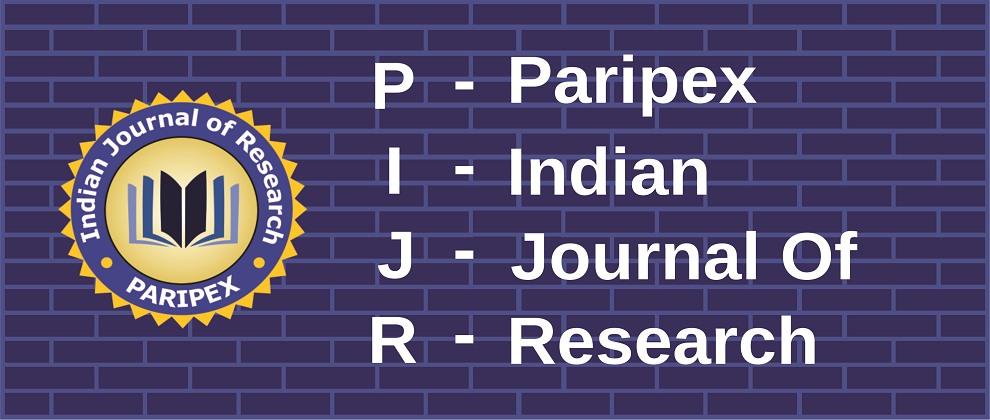Volume : VII, Issue : IV, April - 2018
Menstrual Hygiene Practices among high school girls in field practice area of rural health and training centre, Kakatiya, Warangal.
Dr. N. Pragathi Kumar, Dr. Renu Waghmare, Dr. Sai Sudha. A
Abstract :
Introduction: Menstruation is a normal physiological process of females but more often considered as unclean phenomenon in
the society. Menstrual hygiene management (MHM) is a problem for adolescent girls in low and middle income countries (LMICs),
particularly when attending school. Poor water supply, poor sanitation and hygiene (WASH) facilities in schools, inadequate
puberty education and lack of hygienic MHM items (absorbents) cause girls to experience menstruation as shameful and
uncomfortable event. Hence, the present study was done to assess knowledge and practices about menarche and menstruation,
sanitary pads usage, in adolescent school girls in rural field practising area of Kakatiya medical college, Warangal.
Objective: To assess knowledge, attitude and practices regarding menstruation among study subjects and to find prevalence of
menstrual problems in the study population.
Methodology: This study was a cross–sectional study conducted for about 2months amongst high school girls (11–15 yrs) of a
Government high School, Wardhannapet, located in rural field practising area of Kakatiya medical college, Warangal. Data of 216
girls was obtained by using simple random sampling technique which was put to excel sheet and appropriate statistical tests were
applied using SPSS version21. The questionnaire used, was predesigned and pretested semi structured, obtained by personal
interview method.
Results: The study sample of 216 high school girls reveals that the mean age at menarche is 12.6+1.08 years, knowledge about
menstruation, on an average was 67%, routine menstruation affects their house work (74%), and routine activities (52.3%).
More than half (56%) of them missed their school because of menstruation due to lack of proper place to change or dispose
sanitary pads in school(56%), pain and discomfort(23.1%) and also due to fear of staining(18.1%). Missing school is more
(28.3%) among girls suffering from dysmenorrhoea and is found to be statistically significant at p<0.05. (Chisquare–10.373, pvalue0.001).
Conclusion: Although knowledge was found to be just satisfactory still attitude and practices were further stepped down due to
prevailing misconceptions and in born restrictions associated with menstruation.
Keywords :
Article:
Download PDF
DOI : https://www.doi.org/10.36106/paripex
Cite This Article:
Dr.N.Pragathi Kumar, Dr. Renu Waghmare, Dr.Sai Sudha.A, Menstrual Hygiene Practices among high school girls in field practice area of rural health and training centre, Kakatiya, Warangal., PARIPEX‾INDIAN JOURNAL OF RESEARCH : Volume-7 | Issue-4 | April-2018
Number of Downloads : 596
References :
Dr.N.Pragathi Kumar, Dr. Renu Waghmare, Dr.Sai Sudha.A, Menstrual Hygiene Practices among high school girls in field practice area of rural health and training centre, Kakatiya, Warangal., PARIPEX‾INDIAN JOURNAL OF RESEARCH : Volume-7 | Issue-4 | April-2018


 MENU
MENU

 MENU
MENU


